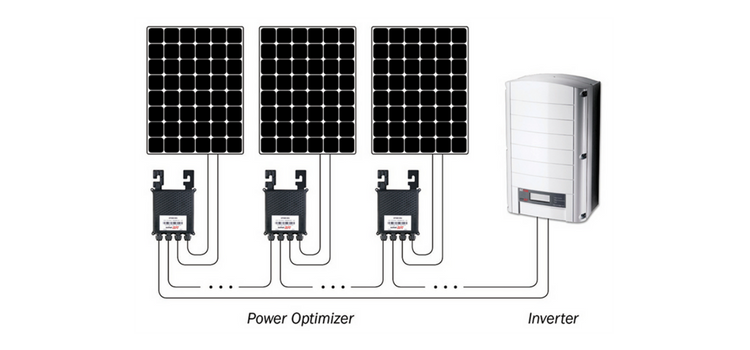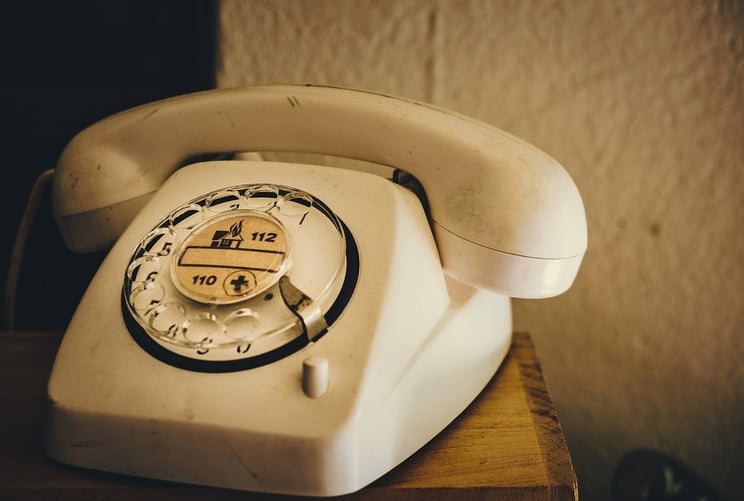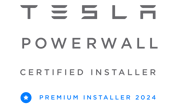If you own a domestic solar PV installation it’s likely that you will have been cold-called recently about a solar panel upgrade. We get emails or calls from our customers along the following lines about once a week:
"You installed solar panels for us about 5 years ago. I’ve been getting a few cold calls recently from people who suggest that my original supplier may have gone out of business and the panels need servicing."
"I called a few minutes ago about unsolicited mail and approaches to upgrade my system with SolarEdge. This is the latest [photo of leaflet enclosed...]. I have to say we have been very happy with our installation and have reached 17400 kWh so far."
Apart from confirming that we are still in business (absolutely yes!!) we then get asked two questions:
a) where did they get my number?
b) is a SolarEdge upgrade worth it?
Answers, to the best of our ability, are as follows:
a) where did they get my number?
This we don't know for sure. Definitely not from us as we absolutely do not sell any customer data. What we do know is that there are people offering to sell us solar installation data (domestic properties with solar installed) which they claim has been created though lead generation surveys and data capture. The information is created and cross verified both through reference tools and telephone validation. They then append the opt-in records of consumers name address and telephone numbers, Whether or not this is the only source of data, we do not know.
Some of the cold callers are using pretty aggressive tactics, suggesting that:
- your inverter is out of warranty and needs replacing [it may be out of warranty, but if it ain't broke and output is not falling, there's no need to fix it];
- your inverter isn’t functioning properly as it needs to be upgraded [again if it isn't broken, don't fix it, but see below on the SolarEdge upgrade];
- your inverter is a fire risk due to a change in regulations and needs to be swapped, or, the fire brigade won't attend your property with the current inverter, so it needs to be swapped [absolutely not true for any inverters we've installed...];
- you should get solar pv battery storage and generate 30% more revenue [not true - a battery will save money but it won't increase your FIT generation income...];
- your installer has gone bust and left us to manage your installation [absolutely not true in our case... it is true several installers have gone out of business, but in general there is unlikely to be a formal arrangement in place for the management of the systems they installed].
They often claim to be 'working in partnership with MCS' and MCS has had to publish a warning on its site to refute this: Solar PV/Thermal upgrades and maintenance in partnership with MCS - Not True.
Some of them are simply offering to service the system or trying to sell a SolarEdge upgrade whereby you throw away your existing inverter and replace with SolarEdge plus power optimisers...
b) is the SolarEdge upgrade they are selling worth it?
SolarEdge is a brilliant product - probably now the best system on the market, particularly for homeowners. We are big fans of SolarEdge, and have dedicated a page on our website to it.
Compared to a standard string inverter, SolarEdge increases output by around 2% to 25%. The SolarEdge system achieves this by optimising the power out of each individual panel.
In a PV system, each panel has an individual maximum power point. Power output will be reduced by things like:
- dirt (pollution, leaves, bird droppings etc);
- manufacturer power tolerances (for example the output from a 250W panel with a +5%/-5% tolerance is guaranteed to have a peak output of between 238W and 263W);
- shading (which may or may not exist at the point of install);
- degradation - panel output degrades over time, but different panels will degrade at different rates (panels come with a guarantee of at least 80% of original output after 25 years).
With traditional string inverters, all panels perform at the level of the weakest panel. With SolarEdge, each panel has its own power optimiser, enabling it to output the maximum power regardless of the behaviour of other panels.

This is particularly advantageous on shaded systems; many of our customers with shaded roofs have installed SolarEdge to limit the impact of the shading.
Other benefits of SolarEdge
As well as the increased power output, SolarEdge offers additional benefits as follows:
- full monitoring and visibility of the system at the panel level, with remote login and real time alerts - with string inverters a panel and / or the whole system could underperform for weeks or months before the underperformance became apparent in the overall output figures;
- allows up to 9.3 kWp of PV on a single phase, more than any other inverter;
- unique export limitation functionality allows a larger PV array to be installed than might otherwise have been allowed by the local grid;
- excellent UK-based post-sales support;
- "Safe-DC" function reduces fire risk;
- potential to 'DC couple' some batteries;
- 12 year inverter warranty, longer than any other inverter, with a very inexpensive upgrade to 25 years;
- 25 year optimiser warranty.
The downside of course is the cost. If you install SolarEdge at the outset, it typically adds 10-15% to the project cost. If you retrofit a SolarEdge inverter plus power optimisers to a domestic installation, it will cost around £3000-4000, depending on access costs to the roof (the power optimisers sit behind the panels at roof level).
On the economic basis alone a pure retrofit of SolarEdge is unlikely to make sense. Even if the system increased output by 10%, so call it 400kWh for easy numbers, in 10 years output would be increased by 4000kWh. To pay off a cost of £4,000, each kWh would have to be worth £1 to you. Even if you installed your system in the heady days of the 43p per kWh Feed-in Tariff, there is no way to make 1kWh worth £1... So unless the system is really under-performing due to dirt, shading etc, it's going to be hard to get a good economic return out of the upgrade.
Therefore the decision to upgrade should be made in the light of these considerations:
- do you need to replace your inverter (yours is broken and out of warranty)?
- are you extending your system anyway, possibly to get the 5% VAT on a battery storage installation?
- is scaffolding going up anyway? if so the costs will be lower and it might be worth doing...
- is the system really under-performing such that over the remaining 15-20 years of the tariff it will be worth the upgrade?
- do you value the individual panel monitoring and alerts enough to do the upgrade?
- are you interested in the export limiting functionality and or the 9.3kWp per single phase to enable you to increase your system size?
If an upgrade is of interest to you, please get in touch - we will be happy to advise further.
Meanwhile if you want to stop the cold calls.....
If someone calls up out of the blue, know where you stand. Which? have helpfully put together some guidance on all this.
Tips for dealing with cold callers
Don’t bow to pressure
It’s easy to get sucked in to the pressure of special offers and free consultations. If it sounds too good to be true it probably is. Keep calm and don’t give out any details to the caller, tell them you would like some time to think it over before making a commitment.
Get a second opinion
If you do think that the offer they make is worthwhile, approach other local solar panel experts to get a comparison quotation, or their opinion on the product. At Spirit we're always happy to give free advice.
Do your own background research
Conduct your own research into the company, its very easy to log on and see if they have a website or are on major review sites.
You might even want to run a google search of the product they are offering to find if other companies offer it.









